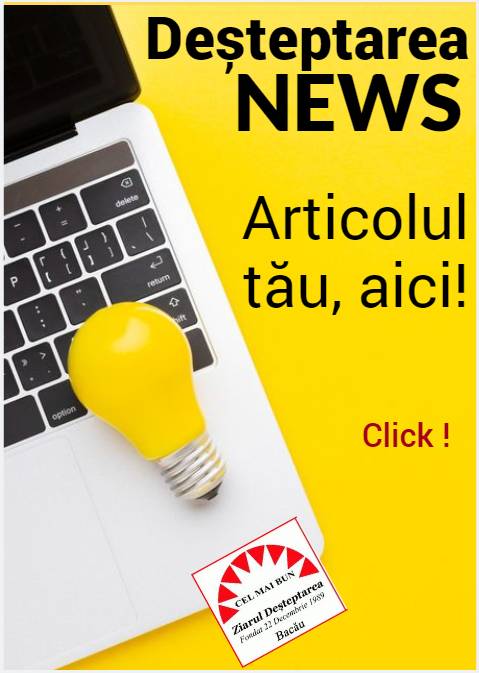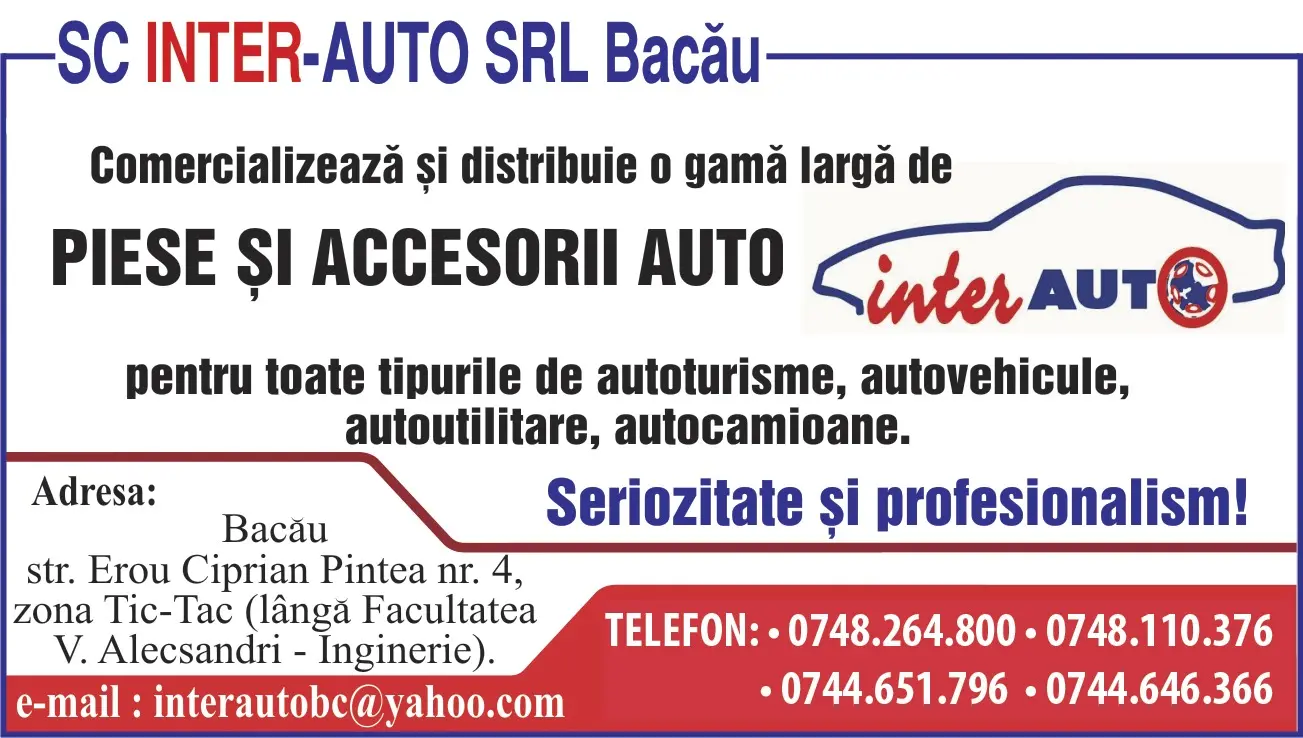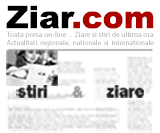Bacău County ranks first in the North-East Region of Romania in both exports and imports, holding the largest share in the region’s trade activity.
Key Export and Import Figures
Between January 1 and June 30, 2024, Bacău recorded exports of €551.5 million, accounting for 28.4% of the region’s total. It was followed by Iași County (27.5%) and Suceava County (13.7%). On the import side, Bacău also led with a value of €753.1 million, representing 32.2% of the region’s total, ahead of Iași (27%) and Suceava (19.7%).
These figures underscore Bacău’s critical role as the primary economic driver of the North-East Region. However, a negative trade balance highlights ongoing challenges in reducing reliance on imports.
Trade Balance and Trends
The trade balance for the period remained negative, at -€201.6 million, reflecting persistent economic dependence on imports.
In June 2024, Bacău’s exports reached €85.5 million, while imports amounted to €121.5 million, resulting in a negative balance of -€36 million. Over the first six months, exports accounted for 73.2% of imports’ value, below the national average of 75.4%.
Top Exported Goods
Bacău’s export portfolio continues to be dominated by the chemical and textile industries, with a notable rise in mineral products indicating a gradual diversification.
- Chemical and related products: €77.4 million (+12.5% YoY)
- Textiles and related articles: €97.5 million (+8.7%)
- Food products, beverages, and tobacco: €35.1 million (+12.3%)
- Wood products (excluding furniture): €55.4 million (+9.6%)
- Electrical machinery and equipment: €70.4 million (+7.6%)
- Mineral products: €4.1 million (+123.7%)
- Base metals and metal products: €11.3 million (+3.5%)
- Stone, cement, ceramics, and glass: €0.5 million (+1.8%)
- Optical and medical instruments: €2.8 million (+7.3%)
- Plastics and rubber: €83.6 million (+15.1%)
Top Imported Goods
The county’s industrial needs drive imports, with electrical machinery, base metals, and construction materials leading the list.
- Electrical machinery and equipment: €142 million (+18.7% YoY)
- Base metals and metal products: €165.6 million (+6.1%)
- Stone, cement, ceramics, and glass: €56.6 million (+2.6%)
- Textiles and related articles: €97.5 million (+8.7%)
- Food products: €19.1 million (-1.5%)
- Mineral products: €4.5 million (+10.3%)
- Plastics and rubber: €54.3 million (+11.0%)
- Wood products: €3.2 million (-2.2%)
- Optical and medical instruments: €7.6 million (+3.4%)
- Arms and ammunition: €12.5 million (+3.6%)
Challenges and Opportunities
While exports have grown steadily, the faster rise in imports has widened the negative trade balance. To improve sustainability, Bacău needs to diversify its export base with a focus on high-value-added products. Investments in technology and innovation could play a pivotal role in fostering long-term growth and reducing dependence on imports.
Seasonal and Long-Term Trade Trends
- Import dominance: CIF import values consistently exceed FOB export values, sustaining a negative trade balance.
- Export stability: Monthly exports ranged from €81.4 million (October 2023) to €101 million (April 2024).
- Import peaks: Imports peaked in November 2023 (€149.5 million) and March 2024 (€140 million).
Import Coverage Ratio
The import coverage ratio fluctuated, dropping below 70% during peak import months (November 2023 and March 2024) but reaching a high of approximately 81% in December 2023.
Seasonal Variations
Exports slightly increased toward the end of 2023 (December), followed by a dip in January 2024. Imports were higher during the autumn months (September-November), potentially reflecting pre-holiday stockpiling or other seasonal factors.
External trade remains a cornerstone of Bacău County’s economy. However, its long-term evolution depends on the adaptability of local industries to global and regional trends, emphasizing innovation and value creation.












